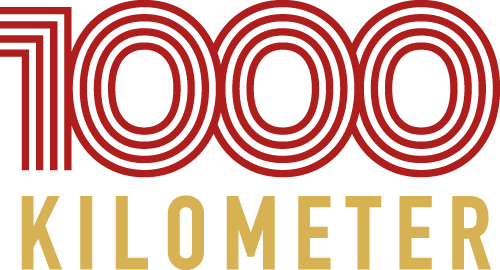1960 bis 1969
Flashback
The glory days
The period of the 60s can be confidently called the "golden age" of the 1000 kilometer race.
The crowd of spectators is enormous, the number of participating vehicles reaches record levels. 60 to 70 cars are not uncommon. This is mainly due to the increasingly intensive commitment of the Porsche company, which not only competes with numerous works cars, but also provides the majority of the privately registered vehicles. Porsche is desperate for overall victory, but it is only in the second half of the decade that they have the entry vehicles needed to achieve this. The range of Stuttgart sports cars and prototypes in the 1960s extends from the 718RS to the 904, the 906, the 910 and the 907/908 versions to the 917, which is unloved at the Nürburgring.
In 1967, the time had come for four Type 910 factory cars to finish the race in first place. The following year, it was enough for a double victory, and in 1969, no fewer than five Type 908 cars finished in the top positions. Porsche was unbeatable at the Nürburgring in those years. Many people are sure to remember the names of the works drivers of the time: Jo Siffert, Vic Elford, Hans Herrmann, Rolf Stommelen, Gerhard Mitter, Kurt Ahrens, Brian Redman and many more.
1960
Stirling Moss in the "Birdcage" Maserati entering the South Bend (Völker-Richarz archive)
1961
Paul Hawkins tinkering with his Austin Healey Sprite (Whitehouse archive)
1962
Hans Herrmann in the Porsche Spyder in the pits (Völker-Richarz archive)
1963
The winners - John Surtees and Willy Mairesse (Völker-Richarz archive)

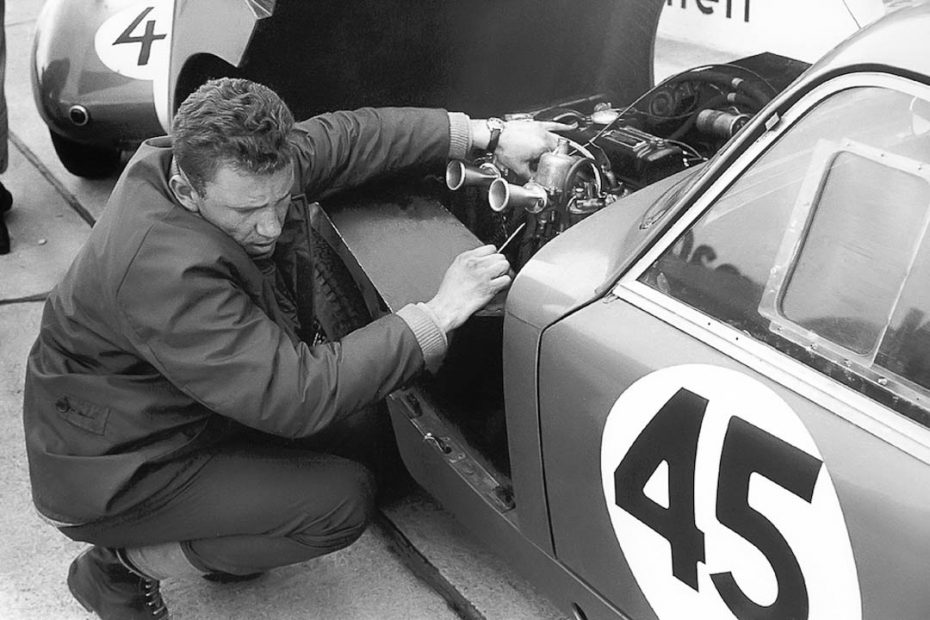
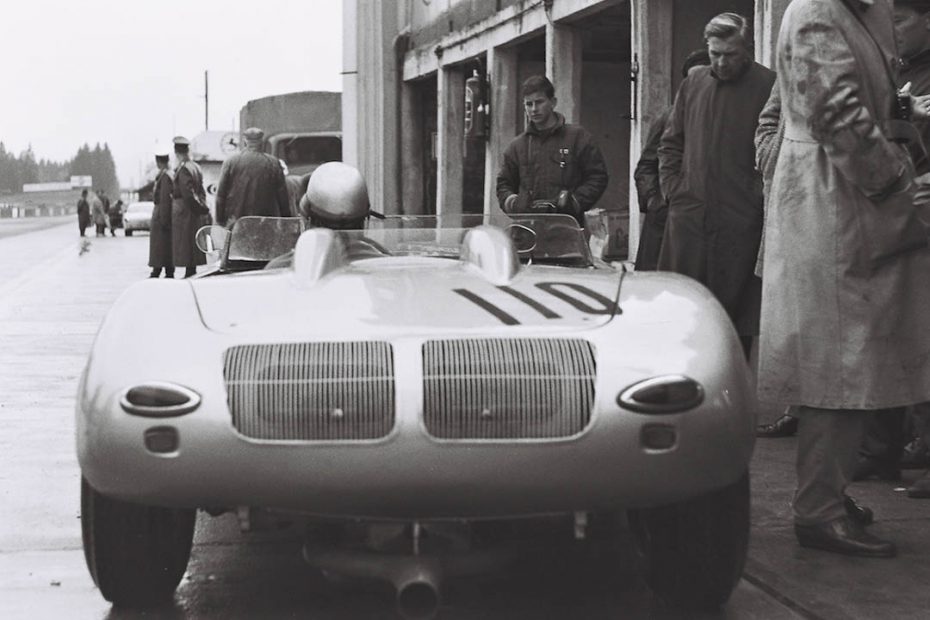
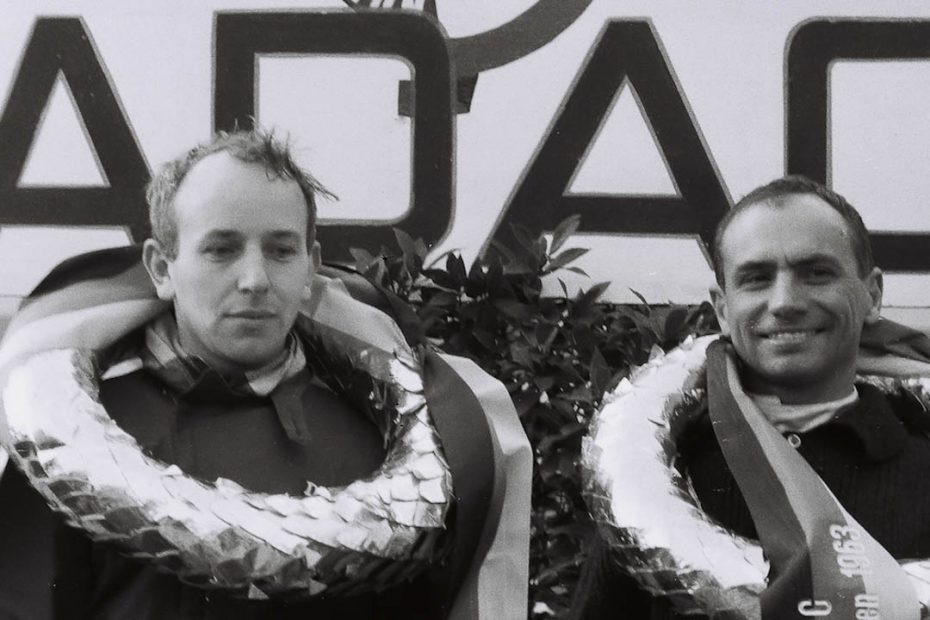
So while Porsche dominated the last third of the 1960s, the first half of the decade belonged to the Italians. Maserati won in 1960 and 1961, while Ferrari took home the laurels between 1962 and 1965. Twice the winner was John Surtees (1963 and 1965), who was considered one of the fastest drivers at the Nürburgring in those years. This period also saw his two Formula 1 victories in the Eifel.
1964
The Nürburg has the best view of the track (Archive Förster)
1965
In the paddock, screws are being tightened (Archive Förster)
1966
View of the field of participants from the Dunlop Tower (Völker-Richarz archive)
1966
The American Chaparral in the Adenauer Forest (Archive Forester)
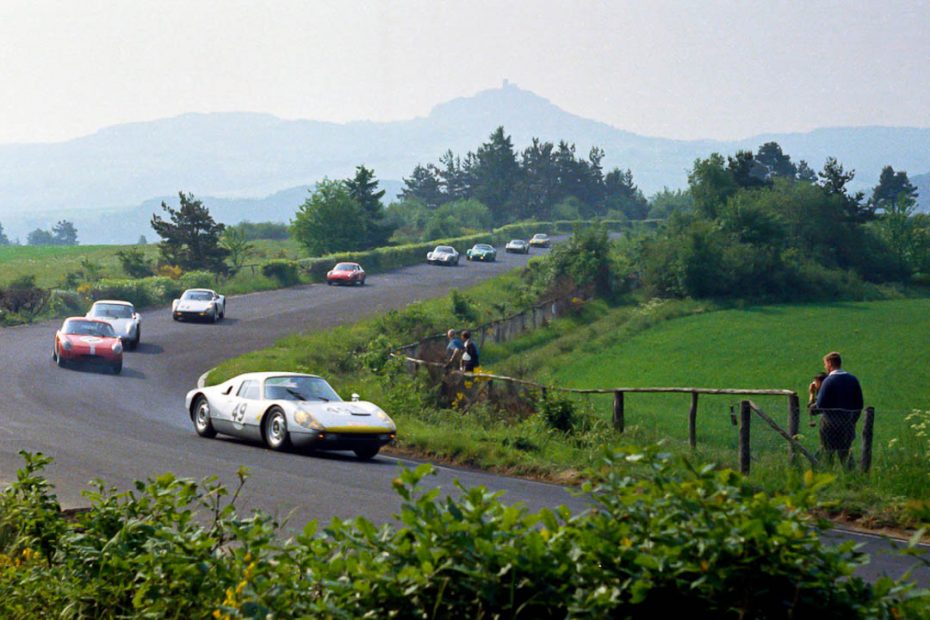
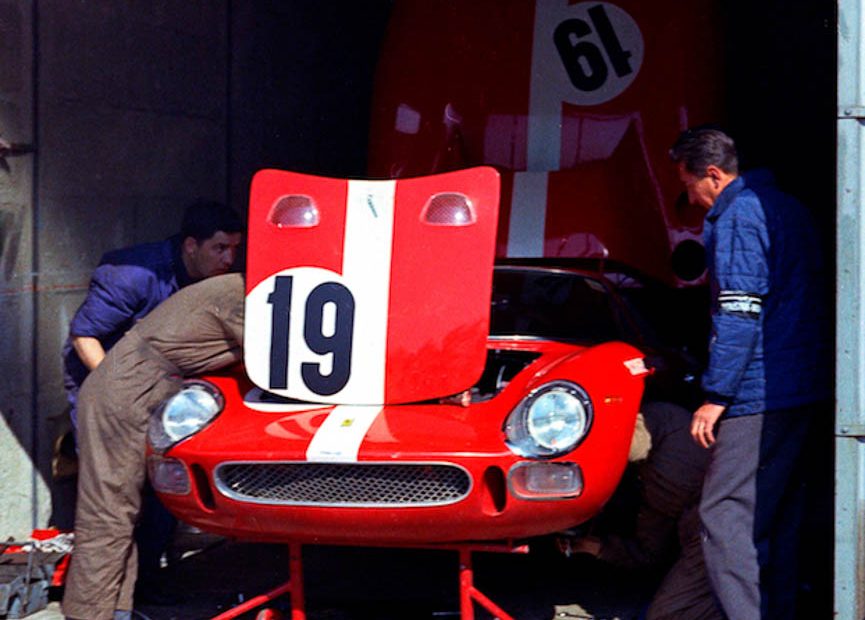
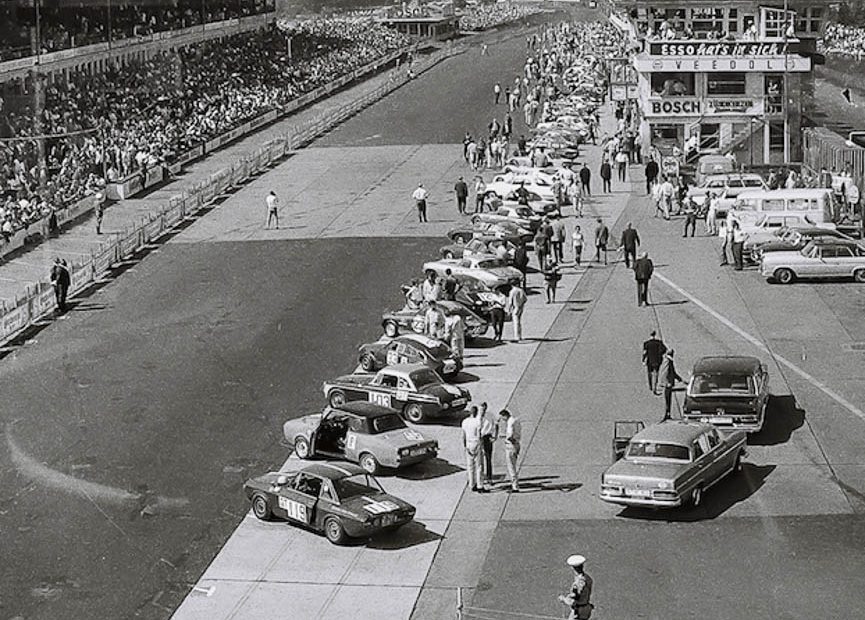
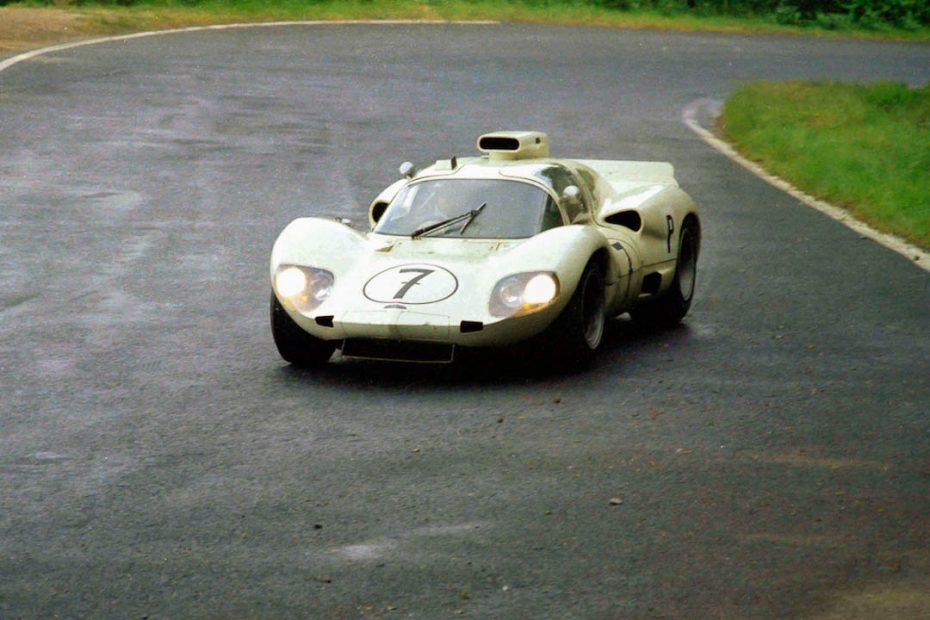
A surprise awaits the spectators in 1966. For the first time, the American Chaparral prototype appears in Europe. Texan Jim Hall, owner of the Chaparral team, chose the Nürburgring, of all places, as the premiere event. The car is equipped with an automatic transmission and causes quite a stir among the competition. Phil Hill and Joakim Bonnier actually manage the feat of winning the race. Hardly anyone knows that the victory was on a knife edge, Phil Hill told me years later during an interview in Sebring, Florida.
1967
Mike Walton in a Fiat-Abarth 1000SP in the carousel (Bellemans archive)
1968
The Willment-BRM, one of the many English prototypes from the smaller classes in the paddock (Archive Förster)
1969
The first "Indianapolis Start" (Photo: Udo Klinkel)
1969
The two Mirage of the John Wyer team in Gulf colors in the pits before the start. Both cars retired before the race was halfway through.
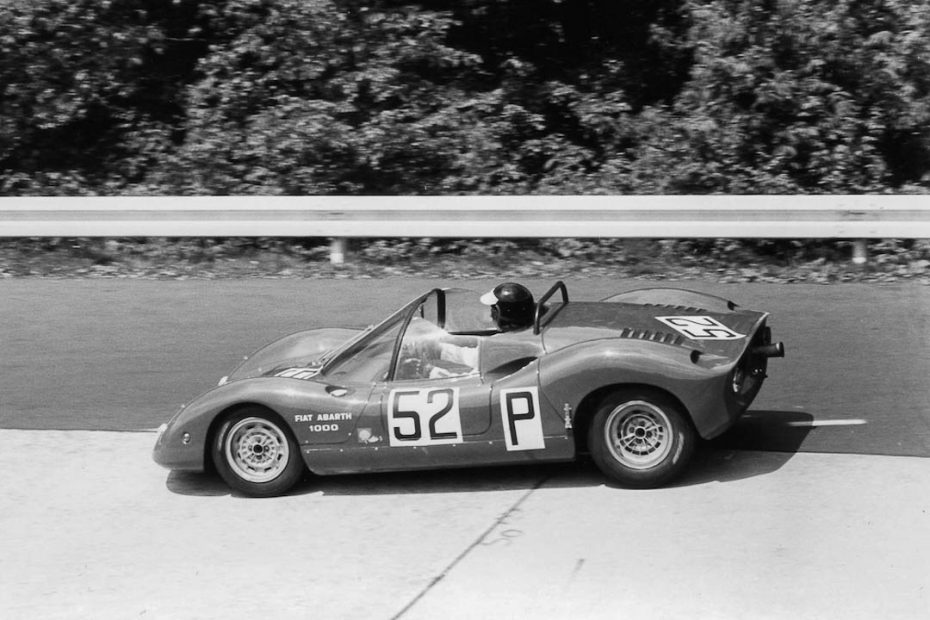
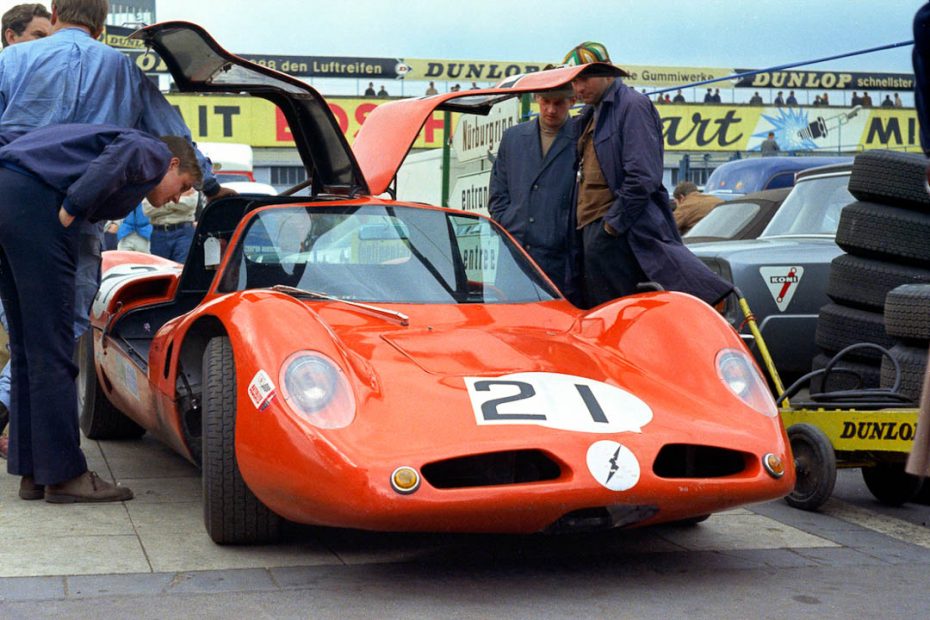
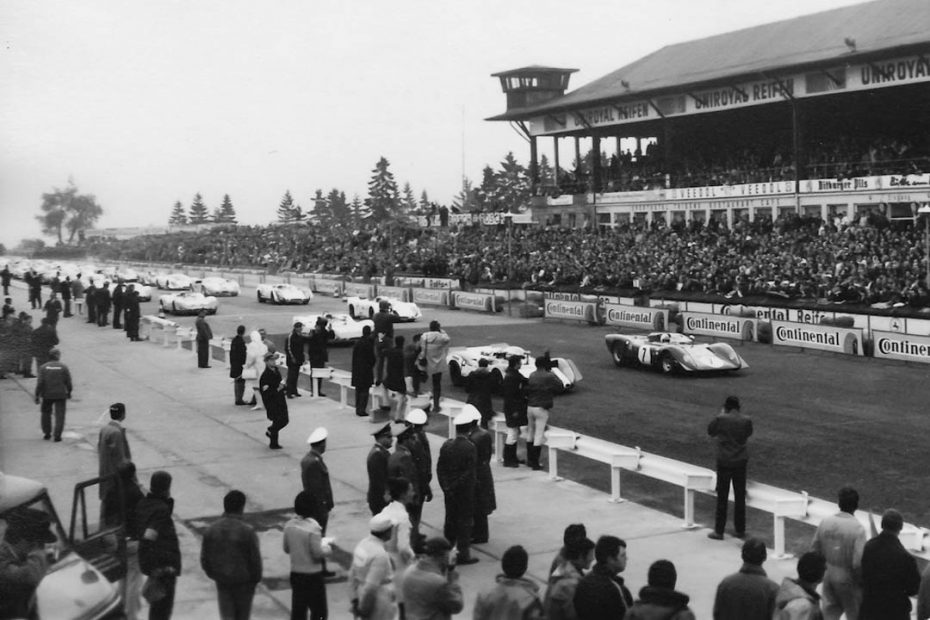
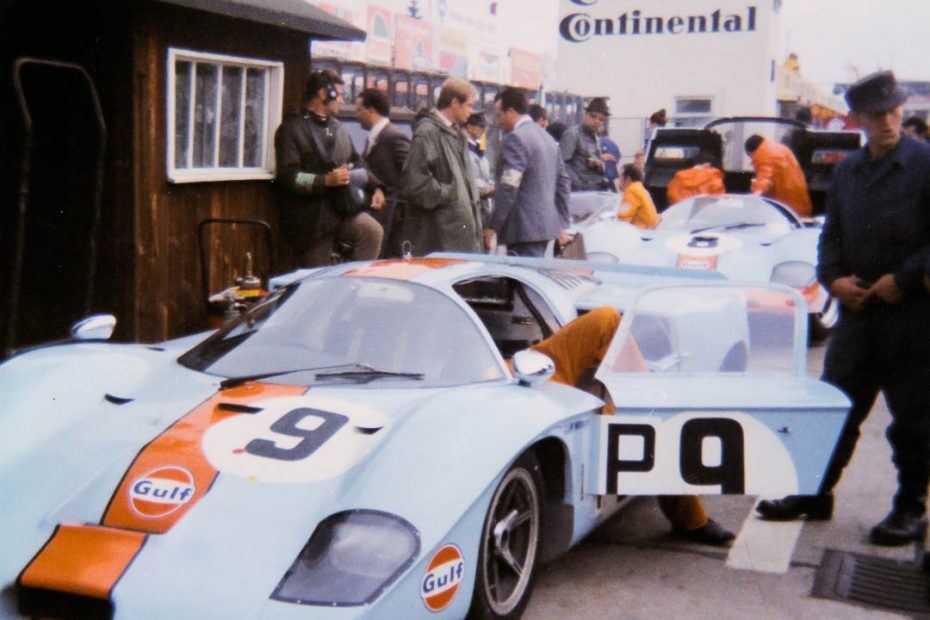
In 1969, the spectators experience a so-called "Indianapolis start" for the first time, in which the field is sent on its way "flying" behind a lead car. The old "Le Mans start," in which the drivers had to run across the track to their cars lined up in front of the pits, had become obsolete for safety reasons.
